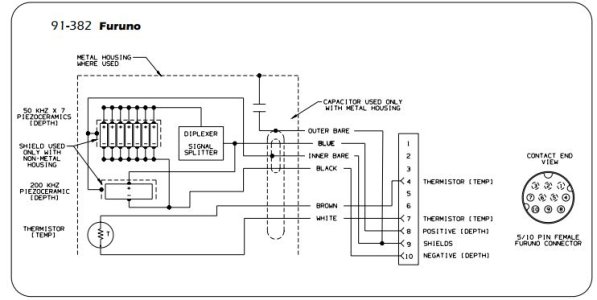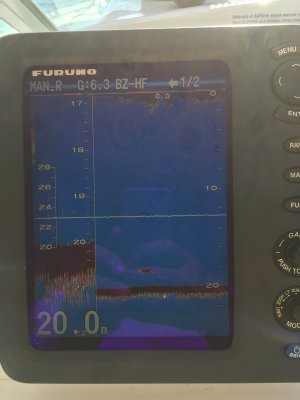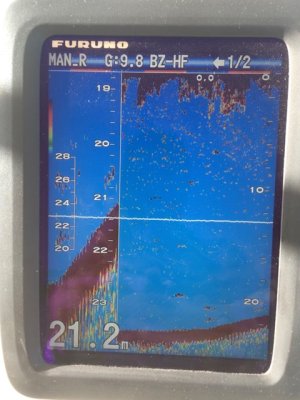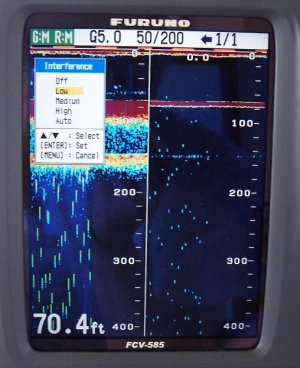Hi there. My first post all the way from down under! Great forum. I have bought a second hand boat that came with a Navman 8120 combo hooked up to an Airmar 1kw through hull transducer (B260). I was not happy with the sonar performance of the unit and upgraded to a Furuno FCV-588. I purchased an Air 033-333 connector so I could change the existing Navman connector to the 10 pin Furuno. I cut off the existing connector and spliced in the new Furuno connector by joining each colored wire together ensuring the shielding was how it should be. I selected the 526TID-HDD 1kW transducer in the menu and all seems to be working well. I am still working my way through all the settings etc but just wanted to get some confirmation that what I have done is all ‘ridgey didge’ which is Aussie for ‘ok’! 
I am certainly seeing depth and temperature for example but am needing to work my way through the settings as the echoes seem to be a little harsh and jagged. I believe I should be able to access enhanced Rezboost and maybe even bottom discrimination?
Appreciate any feedback anyone can provide.
I am certainly seeing depth and temperature for example but am needing to work my way through the settings as the echoes seem to be a little harsh and jagged. I believe I should be able to access enhanced Rezboost and maybe even bottom discrimination?
Appreciate any feedback anyone can provide.





